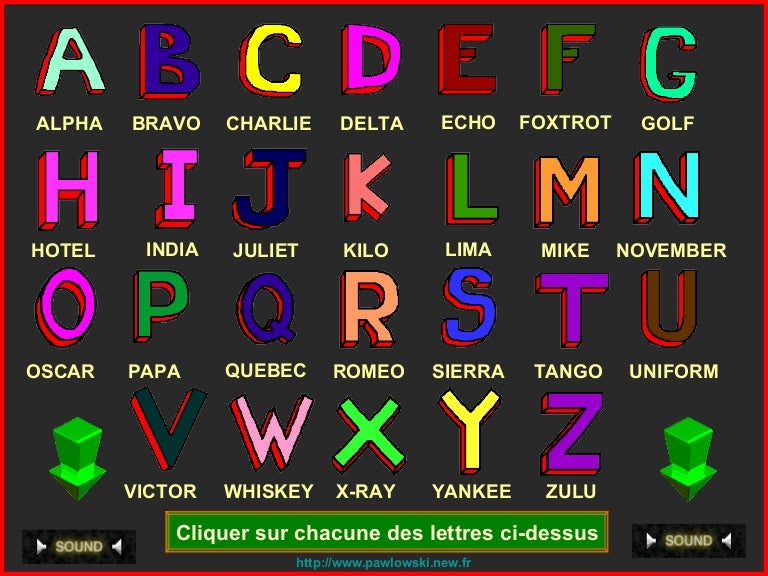

There are 10 places we really care about. We’ll start at the front of the mouth and move towards the back. When you learn the symbols for all the consonants, I’ll remind you about all of these locations, but we’ll learn them here for the first time. One is passive and doesn’t move – in this case, it’s your upper teeth, which hopefully don’t move at all and one is active – here, your lower lips are moving up to contact your teeth. The two things that touch are called articulators. Your lower lips (2) come up and touch your upper teeth (3) and you blow air through. When you make the sound /f/ as in fun, you do just that. Usually, you do this by putting two parts of your mouth together, like your lower lips and your teeth. If you do get in the way, you make a consonant. If you don’t get in the way, you make a vowel, like “ah,” “eh.”

To make any sound, you’ll need to blow air out of your throat. All the remaining numbers are just in-between spots, so 5 is in between 4 and 6 – in between your alveolar ridge and your hard palate.

9 is your uvula, 7 is your soft palate, and 6 is your hard palate. Jumping around a bit, 13 through 18 corresponds to your tongue, from the root (13) to underneath the tip (18), which we don’t use in English we only use the tip.ġ1 are your vocal cords. 3 are your upper teeth, and 4 is that ridge behind your teeth, known as the alveolar ridge. To get oriented, 1 and 2 on the left are your lips. Here’s a very detailed one from Wikipedia. We’ll need to look at a picture of your mouth. Most consonants in English come in voiced/unvoiced pairs, like /t/ and /d/, and /b/ and /p/. f/ is known as an “unvoiced consonant” because your voice isn’t active, and /v/ as a “voiced consonant.” f/ and /v/ are a pair of consonants that are identical except for that buzzing in your vocal cords. If you were to compare that with “van,” for example, and you stay on the “v”: “vvvvvvvvvvvvv,” your hand should feel buzzing in your throat. Put your hand on your throat and say, “fun,” but stay on the “f.” Go “ffffffffffffffun.” Do you feel anything at your throat? You shouldn’t. Over the next few videos, you’ll be learning all these symbols, but for now, we’ll talk about the three things that make one consonant. IPA splits all of these sounds apart and really tells you what you can expect to hear when you see a symbol. But the letter “s” can also make a /z/ sound, like in rose, or /ʃ/ as in sure, or /ʒ/ as in pleasure. So the letter “s” can make this sound /s/ in IPA – it has the same character. IPA only cares about the sound.Įvery time I write in IPA, I’m gonna surround it with two slashes, and every time I refer to the letters and words in English as they’re spelled, I’ll put it in quotes around them, like this. On the other hand, symbol and cymbal sound the same, even though they’re spelled differently, and so IPA for both of these words is exactly the same. They have totally different sounds, and IPA has two symbols for those two sounds. The letter “c”, for example, as in cat, and “c” as in nice are totally different. In English, we have a bunch of letters which correspond to vowels or consonants, and many of these have multiple sounds. It gives you a symbol, like this one or this one, and it means one sound, always. We’ll first talk about some basics: What is a consonant and what does IPA do? – In the end, you won’t be training bad habits – bad pronunciation habits – for years and have to unlearn them somehow.Īnd so, let’s get started. – Later, you get native speakers who won’t switch to English when you speak to them – You have better listening comprehension If you start with correct pronunciation in your target language, you get so much: Overall, we’re looking to give you a tool for understanding pronunciation in your own language, so you can apply it to your target language. The first is to teach you how the IPA works, and two – maybe more important – how English works in your mouth: what’s going on in your mouth to make these sounds. In these tutorials, I have two smaller goals and one overarching goal. This is the first of four or five videos on English pronunciation and the International Phonetic Alphabet (IPA).

Tip: Want to see new videos automatically? Subscribe to my YouTube Channel! Video transcript The blog post I wrote about this video can be found here.
Ipa talking alphabet download#
Check out the 13 languages available in the app, and download it now to start your journey to fluency.īefore we begin, you can watch the video right here.
Ipa talking alphabet software#
Note : This is an older video containing information about using our legacy products (pronunciation trainers) in the Anki software to learn pronunciation.įluent Forever now offers a proprietary app that automatically teaches you the sounds of your target language.


 0 kommentar(er)
0 kommentar(er)
